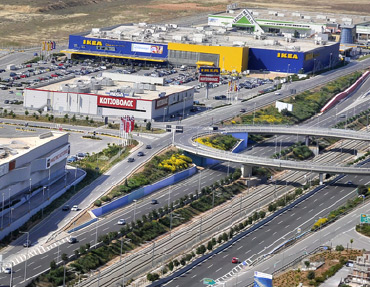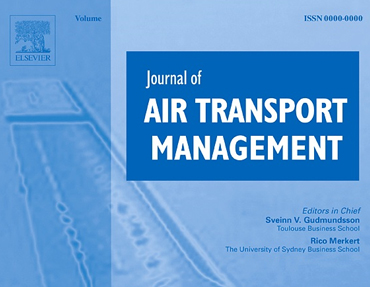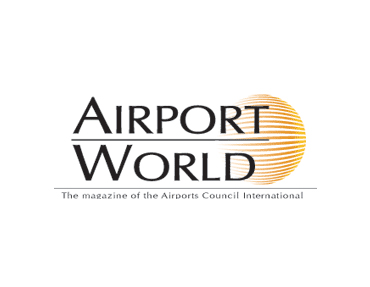Linked below are selected publications by Dr. John Kasarda addressing the basics of airport city and aerotropolis planning and development as well as articles on his work and that of Aerotropolis Business Concepts LLC. A more comprehensive set of publications can be found at www.aerotropolis.com.

This book chapter examines the rise of India's modern civil aviation sector and the opportunities and challenges its airlines and airports have faced. A number of specific cases are provided.

Even in today's rocky economic times, airports and their immediate environs are becoming 21st-century commercial anchors, taking on many features of destination retail and urban centers.

Airports in the 21st century are experiencing a new and distinct evolutionary stage—the "airport city." What started out in the early 1990s—a handful of European and U.S. air gateways substantially notching up their duty-free and traditional terminal retail and eateries—has become a world-wide phenomenon of airport commercial expansion and diversification. In the process, gateway airports have assumed roles few before anticipated.

Air routes operate as a physical Internet connecting supply chains, business people, and tourists quickly and efficiently across far-flung locations. The upshot is that route development, business development, and regional economic development go hand-in-hand around the globe.

India is forecasted to have double-digit annual growth in air passengers and cargo for years to come. The Ministry of Civil Aviation therefore plans to have up to 500 commercial airports in use by 2020. Many will be in smaller cities where airport operators envision incorporating aerotropolis principles, which will be challenging.

Terminal-based retail has been sufficiently successful that many airport operators are considering enlarging their facilities in order to increase revenues. On the basis of data on the retail sales and rental revenues for 75 of the US’s most important passenger airports, we demonstrate the significant impact of passenger demography on the volume and nature of airport retail sales. A method is outlined for combining information on the demography of passenger flows with construction costs in order to evaluate appropriate capital investments for terminal retail expansions.

This paper summarizes how the air cargo industry is changing and what the future holds. It covers emerging air cargo sectors, the new geography of air cargo, how air cargo in fostering global economic development, and the need for aviation liberalization if air cargo is to achieve its full development potential.

Business writer Greg Lindsay examines the efforts of John Kasarda to plan, promote, and develop aerotropolises around the world for urban and national competitive advantages. The challenges Kasarda has faced are highlighted.

It has taken nearly half a century to transform a place once called Nong Ngu Hao (Cobra Swamp) into a leading international airport named Suvarnabhumi, or Golden Land. Now, Thailand has a one-time chance to coordinate development around its new airport to create a truly "Golden Land" that can boost the nation's well-being for the next half century. At stake is no less than Thailand's potential for higher economic standing and more sustainable development around the airport.

An increasingly fast-paced, economically-networked world is changing the rules of industrial competition and business location.
Time Magazine, 2011
John D. Kasarda
John D. Kasarda
John D. Kasarda
John D. Kasarda
John D. Kasarda
John D. Kasarda
John D. Kasarda
John D. Kasarda